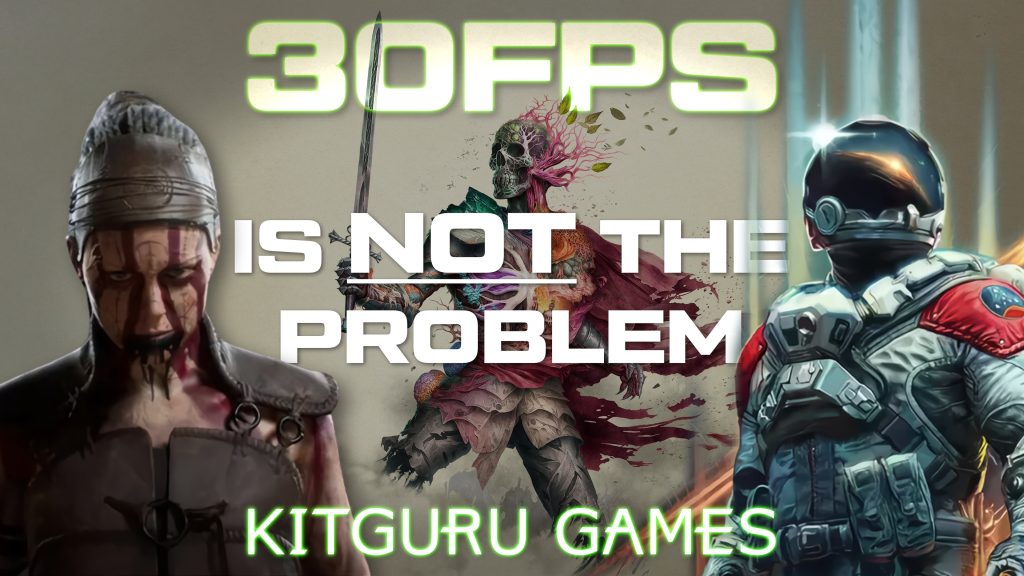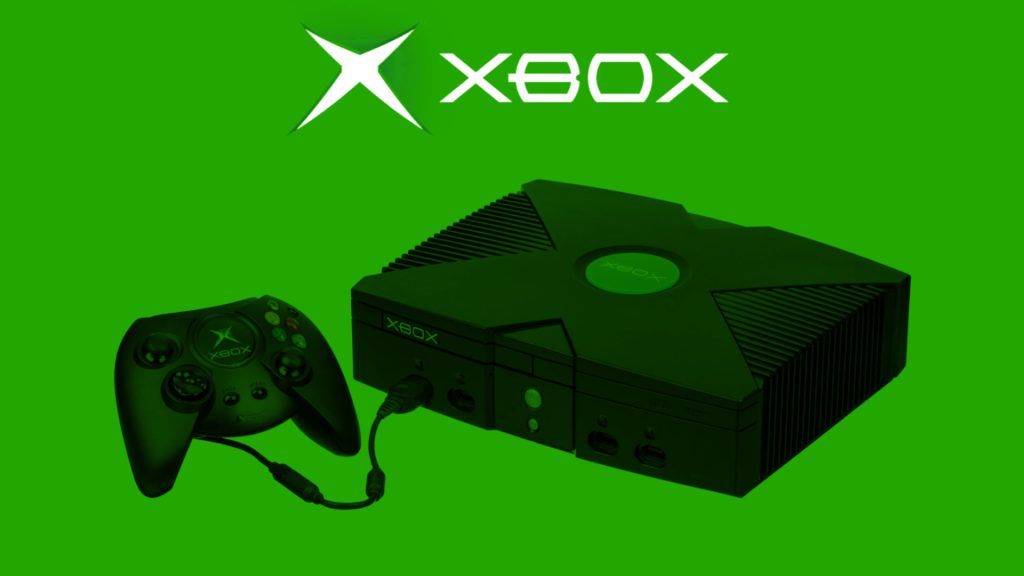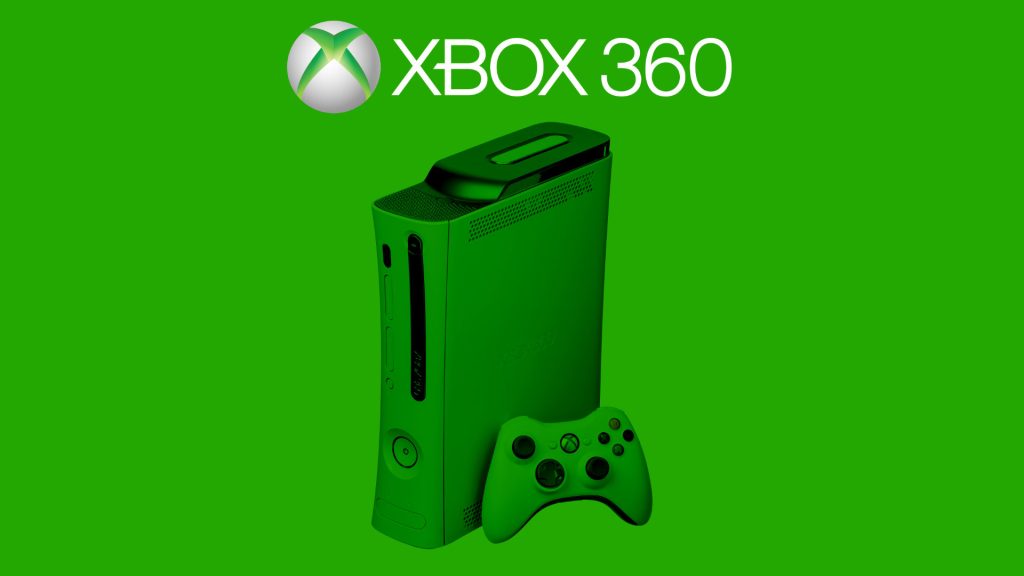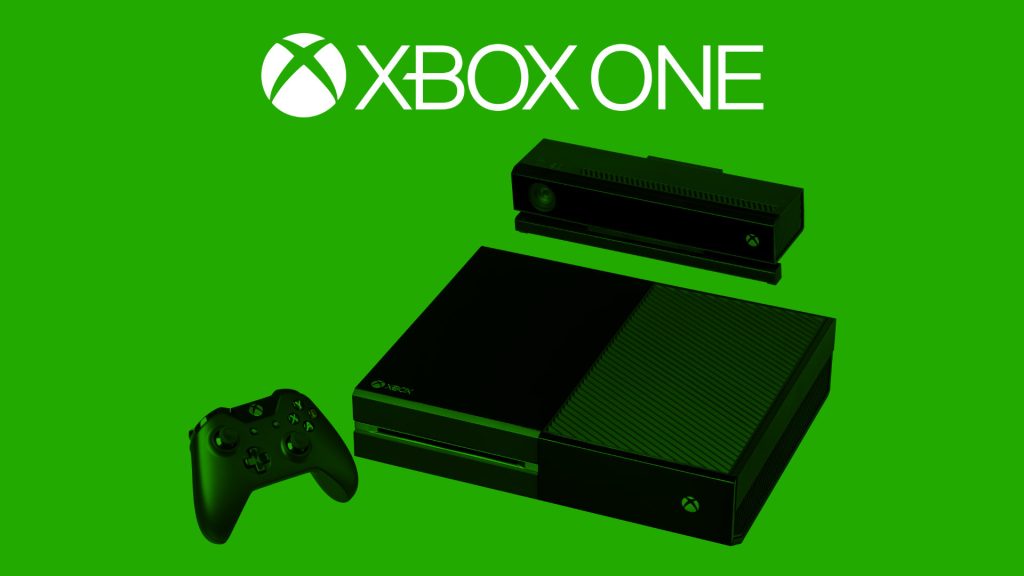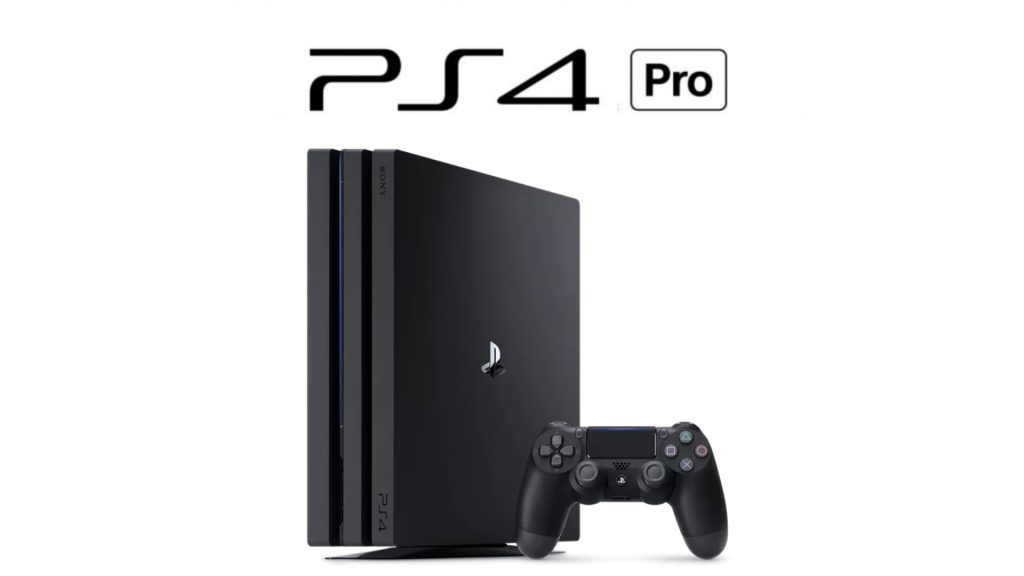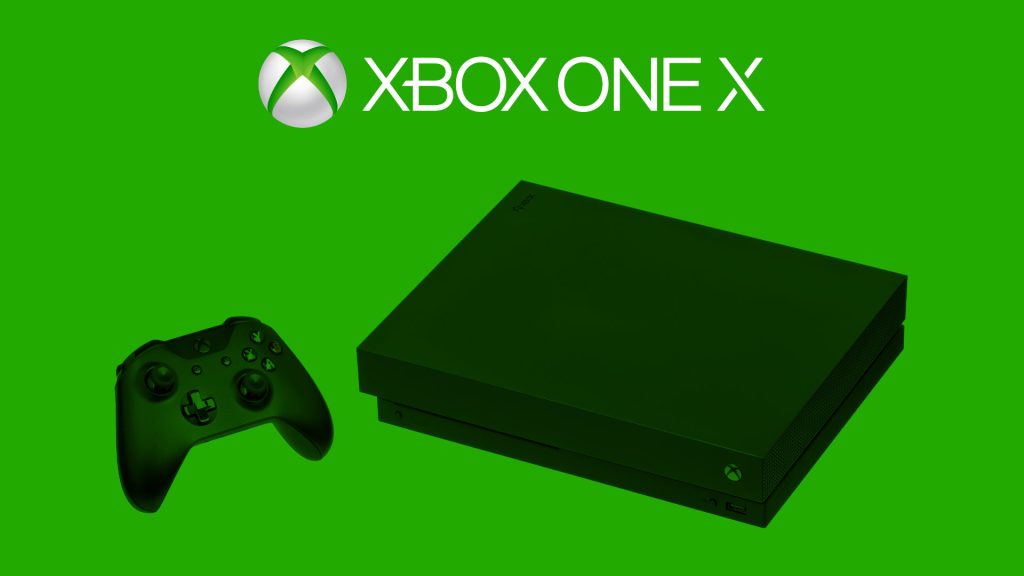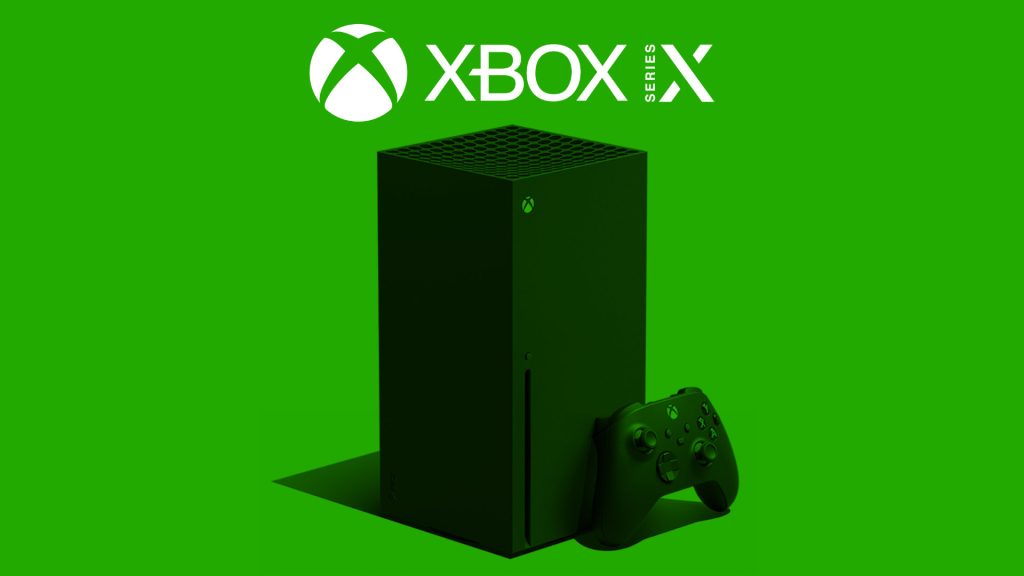Midway through the Xbox One generation, we were all witness to a shift in the business, marketing and development of the Xbox brand, with Microsoft pivoting to an ecosystem focused on Game Pass and console power. Beginning with the Xbox One X, Microsoft began to push the notion of Xbox being the home of the most powerful console – thus came the rise of the term Teraflops. While certainly a useful metric in some instances, teraflops are far from the definitive way to determine the maximum capabilities of a console. Despite this, the lead in teraflops held by the One X over the PS4 Pro opened up the possibility for a new talking point – something which Microsoft took plenty advantage of.
In the years since, the notions of ‘True 4K’, “resolution and frame rates that we’ve never seen before” and a console so powerful that it “eats monsters for breakfast” became commonplace in Xbox’s marketing speak – and that’s fine. Companies are allowed to tout the benefits of their product, and I would never besmirch them for doing so. The issue comes in the fact that when it was time to prove these claims, Xbox came up woefully short. Avowed running at 30fps on the Series X isn’t the issue, the broken promises are.
I already offered a very brief overview of Xbox’s recent relationship to console power and performance, but the root goes all the way back to the early days of video games – decades before Microsoft entered the market. So long as there have been multiple consoles, there has existed a console ‘war’.
I use this term loosely as I am not referring to the plenty of opinionated contributions by fans of either competing system in this regard, but the tactics which the companies and console manufacturers themselves utilised in order to try and convince you to purchase their system over another.
From the use of naming conventions such as theTurboGrafx-16 (advertising its 16-bit capabilities) to the 32X addon for the SEGA Mega Drive (allowing for 32-bit games), as well as the Commodore/Nintendo 64 (you guessed it, advertising its 64-bit support), console manufacturers have been claiming to offer a more powerful package than their competitors for decades now.
Fast forwarding a bit to the introduction of Xbox, Microsoft’s debut console got a lot right from the get-go, including offering a more powerful console relative to the PlayStation 2 owing to its later launch.
Unfortunately, the PS2 had quite a head start by this point, and in combination with a more recognisable brand name (as well as the included DVD drive), the PS2 went on to dominate all industry metrics – remaining the top-selling console of all time to this day.
With the 7th generation, Microsoft opted for a slightly different strategy. Seemingly inspired by PlayStation’s head start in the previous generation, the Xbox 360 launched a year ahead of the PS3.
Despite being less powerful than Sony’s offering, the much cheaper initial price point and its relative ease of development saw Microsoft own the 7th generation for a majority of the time – only to be outdone by Sony near the end of the respective systems’ life cycles.
Then came the Xbox One. Essentially launching at the same time as the PS4, both Microsoft and Sony seemed to be on even playing fields opportunity-wise. The previous generation was Microsoft’s best and one of Sony’s worst (console sales-wise) and so the Xbox maker had a real chance to capitalise on this fact.
Unfortunately, the Xbox One was one of the most infamous console reveals of all time, with a strong move away from games in favour of offering a multimedia experience – and while consoles would eventually come to be just that, it appeared as though in Microsoft’s eyes the gaming side of the equation was somewhat pushed to the side.
As we all know, the complete obliteration of the Xbox One reveal event from all sides of the field (including Sony’s famous ‘Official PlayStation Used Game Instructional Video’) led to the eventual removal of Don Mattrick as the head of Xbox in favour of Phil Spencer.
Fast forward just a smidge more and we’ve reached the midpoint of the 8th generation of video game consoles. The PS4 had been outpacing the Xbox One thanks to the mistakes of Mattrick and co. as well as the online discourse surrounding the fact that many multi-platform games ran at 1080p on the PS4 compared to 900p or below on the Xbox One.
This, in combination with PlayStation seeming to hit their stride games-wise, meant that Microsoft needed a new angle. The perfect opportunity came with the announcement of the PS4 Pro.
Released in 2016, this mid-gen refresh aligned with the rise in 4K TVs – something which Sony Group is heavily invested in. As such, just like we saw with the support for CDs with the PSOne; DVDs with the PS2 and Blu-Rays with the PS3; the PS4 Pro would now represent a synergistic product with the rest of Sony due to its support for a 4K output as well as a boost in GPU power for increased resolutions.
Thanks to the PS4 Pro, the power disparity between PlayStation and Xbox grew significantly. While most PS4 Pro titles failed to reach anywhere near a native 4K, the improvements were still clear – aided by the likes of checkerboarded rendering and the like, making for a much cleaner image overall.
With Xbox already in the rear, and Sony trying to push its lead further, Microsoft needed to respond: thus came the Xbox Series X. Marking one of the first times that the term Teraflops began to be used by the console makers themselves, the Xbox One X fact sheet made sure to highlight its power lead over all other consoles, with the very first statement on the system being:
“For gamers that demand the ultimate in graphics performance, Xbox One X is the world’s most powerful console with 40 percent more power than any other console,” claiming that owners will be able to “Unleash 6 teraflops of graphical processing power, 12GB GDDR5 Memory, and 326GB/s of memory bandwidth making games look better than they ever have before.”
Another popular term used by Xbox was that of ‘True 4K’ – a possible dig at the fact that the PS4 Pro mostly ran below 4K or had to use upscaling to achieve such a result. Of course, the One X itself included plenty of games which ran at resolutions under 4K, but the term ‘True 4K’ did have a nice ring to it; and most people couldn’t tell the difference anyway [I’ve spoken about the importance – or lack thereof – of resolution previously].
The notion of True 4K in combination with a ‘more powerful’ 6 Teraflop console compared to the PS4 Pro’s 4.2TF gave Microsoft something to latch onto as a possible unique-selling-point. The Xbox One X was ultimately well liked, but it arrived seemingly too late in the generation to make a major dent in PlayStation’s market share.
Finally, we have arrived at the 9th and current console generation. Continuing on from what worked with the Xbox One X, Microsoft went all-in on ensuring the Series X represented the most powerful console on paper – noting its 12 Teraflops of power (compared to the PS5’s 10.28TF) alongside the promise of:
“Resolution and frame rates that we’ve never seen before, like never seen before. We’re looking at frame rates up to 120 frames per second” – concluding its reveal by stating the Series X “eats monsters for breakfast”.
Unfortunately, as we are healthily in the latter half of the 9th-generation, these statements have started to haunt Xbox somewhat.
Beginning with Halo: Infinite, many series-staple inclusions such as split-screen co-op for the campaign were scrapped – a function which many fans struggled to comprehend why the world’s most powerful console could not offer.
The core of this discussion however came with the announcement that Arkane Austin’s open-world vampire shooter ‘Redfall’ would not launch with a 60fps mode on Xbox. While in and of itself not an issue per-se [I’ve spoken at length about why I actively prefer 30fps over 60 in some instances], the revelation existed in stark contrast with Xbox’s own words.
By far one of the most well known statements in this regard (aside from those mentioned above) came from Aaron Greenberg, the VP of Xbox Games Marketing at Microsoft who stated prior to the launch of the Series X that “60fps will be the standard output, but the architecture allows us to support up to 120fps”. Unfortunately, for Xbox’s first-party offerings, 60fps would seemingly not be the standard.
Following Redfall, Bethesda Game Studios’ Starfield was the next game to eschew a 60fps option, offering a single 30fps mode at launch. Then came Hellblade II – another 30fps only experience. Finally, during Gamescom 2024, it was confirmed that Xbox’s next major title, Obsidian Entertainment’s ‘Avowed’, will run at 30fps – marking a notable trend for the most powerful console in the world.
It is worth noting that 2 of the aforementioned titles eventually got a 60fps mode (and an unlocked option in the case of Starfield), proving that the Series X was indeed capable of running these games at higher framerates. Unfortunately, due to what was almost certainly a function of dev issues / a lack of time, these titles came in hot and were arguably not ready to be released.
Again, 30fps isn’t the issue, it’s the fact that Microsoft used higher frame rates as one of the Series X’s primary selling points – only to then fail to deliver on this promise in many cases.
This disparity is then further exposed by the fact that Sony’s PS5 has managed to ensure that every single one of its first-party titles either runs a 60fps by default, or offers the option to do so – typically with 30fps, 40fps and unlocked frame rates also available as an added bonus.
Considering that Sony opted to stay mostly away from discussions of 60fps, teraflops and the like – instead focusing on its SSD and the DualSense controller – the fact that all of their first party titles have managed to do what Xbox seemingly cannot is somewhat embarrassing.
As we saw with Starfield and Redfall, I’m sure with enough tweaking and optimisation all Xbox games could offer a 60fps mode at launch given the time to do so.
Halo: Infinite totally could have launched with local split-screen co-op if the game’s development wasn’t a total mess of employee turnover and temporary contracts. Hellblade II possibly could have managed to reach 60fps if the team were more comfortable and familiar with the relatively new Unreal Engine 5 which was used to create the sequel. And who knows, in a year’s time we might be hearing about a long-awaited 60fps update for Avowed; we will have to wait and see.
Even in removing PlayStation from the equation entirely, the promises made by Microsoft ahead of and during the early days of the Xbox Series X have not been coming to fruition – and so as much as 30fps does not matter, Microsoft’s words do.
Discuss on our Facebook page, HERE.
KitGuru says: What do you think of the whole 30fps situation? Would the issues be as stark if Xbox didn’t focus on 60fps prior to the Series X’s launch? How can Microsoft remedy its current perception? Let us know your thoughts down below.
 KitGuru KitGuru.net – Tech News | Hardware News | Hardware Reviews | IOS | Mobile | Gaming | Graphics Cards
KitGuru KitGuru.net – Tech News | Hardware News | Hardware Reviews | IOS | Mobile | Gaming | Graphics Cards


